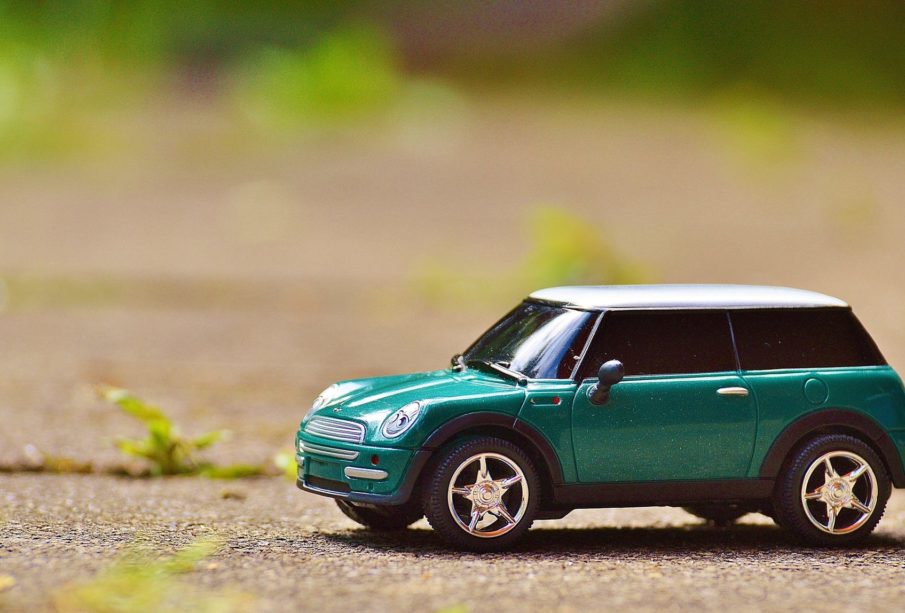
Think about your last car purchase. Did you ever include an autonomous car in your consideration set? The chances are you didn’t. When we want any car, our consideration pool contains cars that are conventional.
However, if technology will have its way, the world is going to see a transformation in the type of cars we buy. How so? Well, we are moving towards autonomous, or self-driven cars. In fact, it is being predicted that 30% of US citizens are likely to buy an autonomous car in the future. The global revenue generated from it is expected to reach a value of 36 billion USD by 2025. For a technology which is up and coming, this seems like a promising figure.
What we might not realize is that a shift to autonomous cars won’t just change the average driving experience. Instead, it will transform the auto insurance sector as we know it. Currently, an average American citizen pays $1427 yearly for car insurance coverage. In 2015 alone, more than a million injuries, four million car crashes, and over thirty thousand fatalities were recorded due to car accidents. Get a car Insurance now as it is a legal requirement in many states of various countries. But, the autonomous car industry’s boom might change the game for the auto insurance sector.
Here are the top five trends you can expect to see.
- A decrease in insurance premium

Think about the type of coverage you get currently. The chances are your vehicle is insured for physical damage, medical coverage, liability, and vehicle coverage. A lot of these insurances stem from the idea that people need to be protected from the human error that might lead to crashes. However, once the car industry starts featuring self-driven cars, the human element is eliminated.
This means, apart from rare glitches, there won’t be any more accidents on the road due to drunk driving or road rage. When accidents don’t occur, people won’t require financial protection against it all. This, in turn, will reduce the demand for car insurances that might lead to a reduction in insurance premium.
- Insurance against cyber threats

Does this mean car insurance would become a thing of the past? Not if the industry keeps up with the changing trends. While previously it insured the customer against the probability of crashes, the customers of tomorrow will face a different type of threat. And that is cyber theft. It would be possible for hackers to hack your car and misuse the information stored in the system. According to HBR, cybertheft can generate as much as $12 billion in revenue for hackers. When you think about how distribution systems work with fleets, the damage hackers can do to them seems enormous.
This is why the auto insurance industry of the future is likely to provide insurance for the common cyber threats and thefts. This would mean that the industry would be still as relevant a few years from now as it is today.
- Change in the mix of insurance lines
The overall size of the auto insurance pie is likely to witness a downfall. Moreover, how the pie is divided among the different types of insurances may also change. With ride-hailing services and the demand for swift distribution services increase, commercial lines are likely to grasp a higher share of the pie than personal lines. After all, with a fleet on demand being available to customers with the help of their smartphones, why would anyone invest in more than one cars?
Therefore, the average household would spend less on auto insurance than they do currently. While they move to e-hailing and fleet on-demand services, the commercial sector will have to bear the brunt of the insurance cost. This change in the mix of insurance will affect how the auto insurance companies will create packages for their targeted customers.
- The transformation of the rating system
Up till today, (and in future), the auto insurance industry makes use of the rating system to decide what premium to charge and what packages to offer to different customers. For instance, if you are someone who is aged or have crashed your car in the past, your insurance premium would be higher than someone who has been a known safe driver. Why? Because investing in you is a risk.
The traditional element of a personal line rating process included factors like years licensed, driving experience, number of accidents one has gotten into, age, and other state rating laws. When offering insurance to commercial automobiles, the auto rating plan was more focused on the vehicle and how and where it will be used rather than the skills of the drivers.
However, this rating method is likely to change once self-autonomous cars take over. Let’s take personal lines for example. Now, the driver will be taken out of the equation entirely. So, all the elements of the rating would now be useless in deciding how much premium to charge. The auto industry will have to come up with other ways to assess each client. This is likely to be based on the vehicle in question rather than the driver.
- The shift in risk means an increased burden of insurance on manufacturers

Purchasers of cars bear the brunt of the cost of insurance. This was because most of the incidents that needed coverage against were because of driver error. Hence, it was logical for you to pay the price to avoid it.
However, as the automobile sector gets engulfed by the autonomous storm, there will be a shift of responsibility. Now, the risk of whether or not accidents will occur would be because of the self-driving system and not the consumer. Therefore, it is the manufacturers that might have to buy insurance for the car and deliver coverage to the consumers. This means that while premiums are expected to decline overall, the auto insurance industry can expect a boost in the revenue stream, at least during the transition process.
Conclusion
The autonomous car industry is undoubtedly going to be disrupting the auto insurance sector. Whether these changes are truly realizedis something we will have to wait and see.
Leave a reply
You must be logged in to post a comment.










